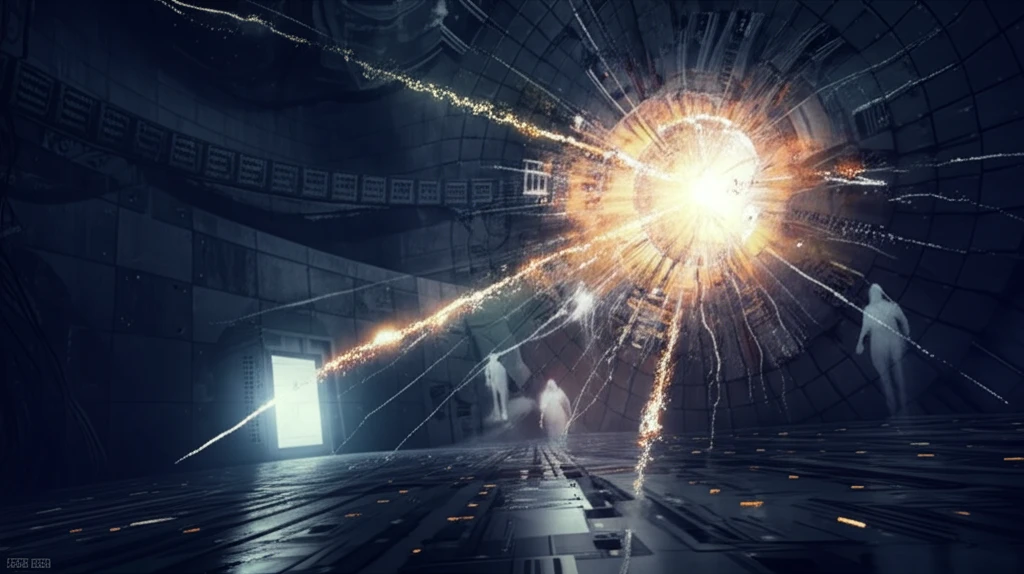
Beyond the Standard Model: What KLOE's Physics Searches Reveal
"Unveiling New Physics: How the KLOE experiment challenges our understanding of the universe and opens doors to groundbreaking discoveries."
The Standard Model of particle physics has long been the cornerstone of our understanding of the universe. This complex framework meticulously describes the fundamental particles and forces that govern their interactions. Yet, despite its remarkable success, the Standard Model leaves several profound questions unanswered. These gaps have propelled physicists to search for physics beyond its confines.
The KLOE (K LOng Experiment) detector, situated at the DAΦNE φ-factory facility of INFN Frascati, has been at the forefront of this quest. It is designed to optimize the detection efficiency of decays of neutral kaons, serving as a crucial tool in both validating the Standard Model and probing for deviations that hint at new physics. The experiment provides extremely useful data on physics beyond the standard model.
From 2000 to 2006, DAΦNE delivered an impressive 2.5 fb⁻¹ of e⁺e⁻ collision data to KLOE at the φ(1020) peak, supplemented by an additional 240 pb⁻¹ at 1000 MeV. This wealth of data has enabled KLOE to make significant contributions to the confirmation and refinement of the Standard Model, while simultaneously exploring the uncharted territories beyond.
Indirect Searches: Peering into the Unknown

One of the most compelling avenues for indirect searches lies in the investigation of the muon magnetic anomaly (aµ). According to established principles, the hadronic contribution to aµ cannot be directly calculated, however, it can be assessed through a dispersion integral that considers the cross section of e+e- collisions leading to hadrons, predominantly those below 1 GeV. To perform this experiment, data is measured using π+π¯γ final state events, where the energy of the radiated photon determines the effective q² of the hadronic system.
- Using 140 pb⁻¹ of data collected in 2001, selecting events with the photon emitted at small polar angles.
- Using 240 pb⁻¹ of data collected in 2002, same "small angle" selection.
- Using 230 pb⁻¹ of data collected in 2006 with c.m. energy of 1000 MeV, where the photon is now selected at large angle.
- Using 240 pb⁻¹ of data of 2002, where, differently from all of the previous analysis, the ππ sample is normalized with respect to the μ⁺μ¯ cross section.
The Quest Continues
The search for physics beyond the Standard Model is an ongoing endeavor, spurred by persistent anomalies and unanswered questions. Experiments like KLOE, with their precise measurements and innovative search strategies, are crucial in pushing the boundaries of our knowledge and potentially revealing the next revolution in our understanding of the universe. As data accumulates and new techniques emerge, the possibilities for transformative discoveries remain ripe with potential.
